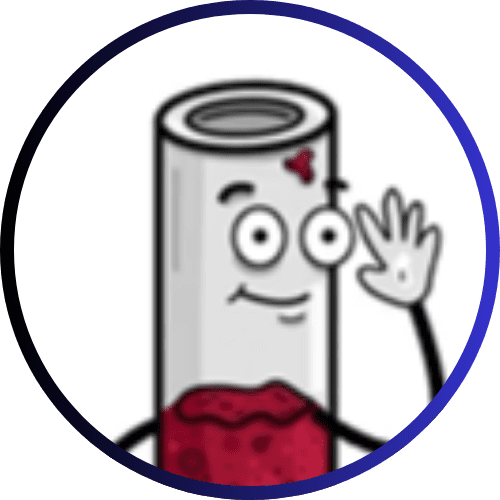AI method DECIPHAER improves understanding of tuberculosis treatments
Researchers at Tufts University have developed a groundbreaking method to decipher the mode of action of tuberculosis drugs at the cellular level. The study uses artificial intelligence (AI) to analyze exactly how drugs kill tuberculosis bacteria. This could accelerate the development of more effective and faster treatment combinations, an urgent goal given the global challenges posed by tuberculosis (TB), the world’s deadliest infectious disease.
Tuberculosis claims millions of lives every year, and standard treatment is lengthy and often ineffective for resistant strains. Patients need to take multiple medications for at least six months, but one in five patients has some form of TB that is resistant to these drugs. The Tufts researchers’ new method – DECIPHAER – combines high-resolution image analysis with transcription profiles to decipher the molecular mechanisms by which drugs eliminate the bacteria.
The scientists use so-called morphological profiling, in which changes in the shape and structure of TB bacteria are examined during treatment. These visual cues are linked to data on gene activity to precisely determine how a drug works. For example, the team was able to determine that a TB drug under development does not attack the cell wall as suspected, but interferes with the bacteria’s energy production. These findings enable a deeper understanding of the mechanisms of action and could accelerate the development of new drug combinations.

One advantage of DECIPHAER is its ability to predict molecular effects based on image data alone, which is more cost-effective than complex RNA sequencing. This makes the method particularly useful for studying drugs under different conditions or with different bacterial strains. The researchers plan to use the technology for further studies on drug combinations and hope it will support international efforts to develop new TB therapies.
The method could also be used beyond tuberculosis, for example for other infectious diseases or cancer. The study was funded by the Gates Foundation and the National Institutes of Health, among others. The results mark an important step towards smarter treatment strategies that could improve the chances of recovery for TB patients worldwide.
Original Paper:
Integration of multi-modal measurements identifies critical mechanisms of tuberculosis drug action: Cell Systems
Editor: X-Press Journalistenb├╝ro GbR
Gender Notice. The personal designations used in this text always refer equally to female, male and diverse persons. Double/triple naming and gendered designations are used for better readability. ected.




